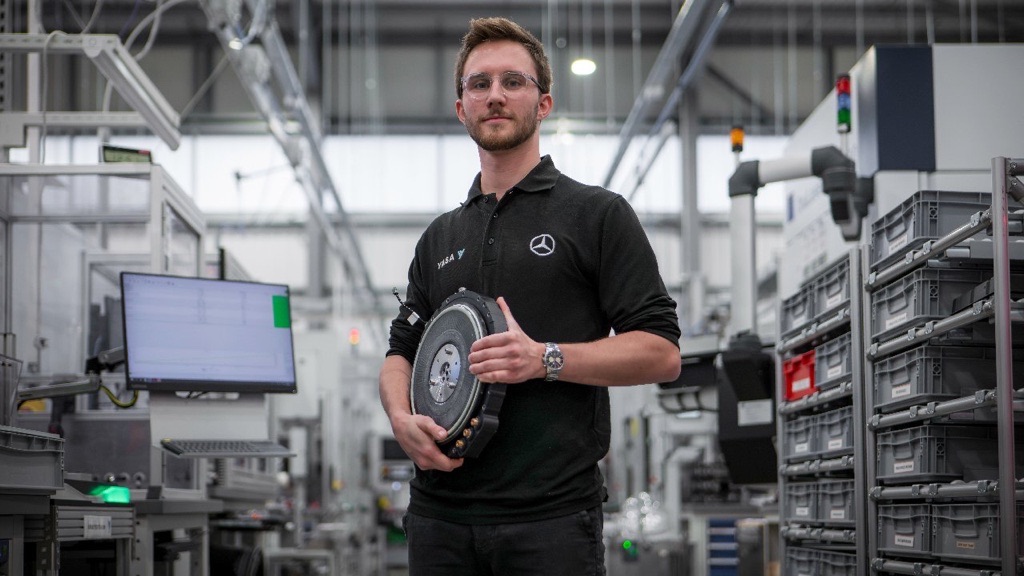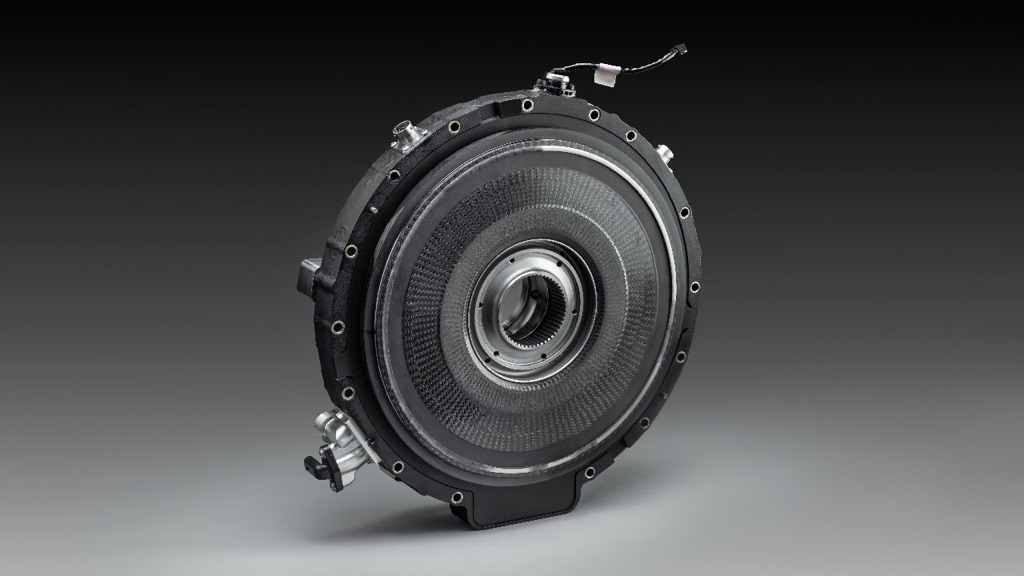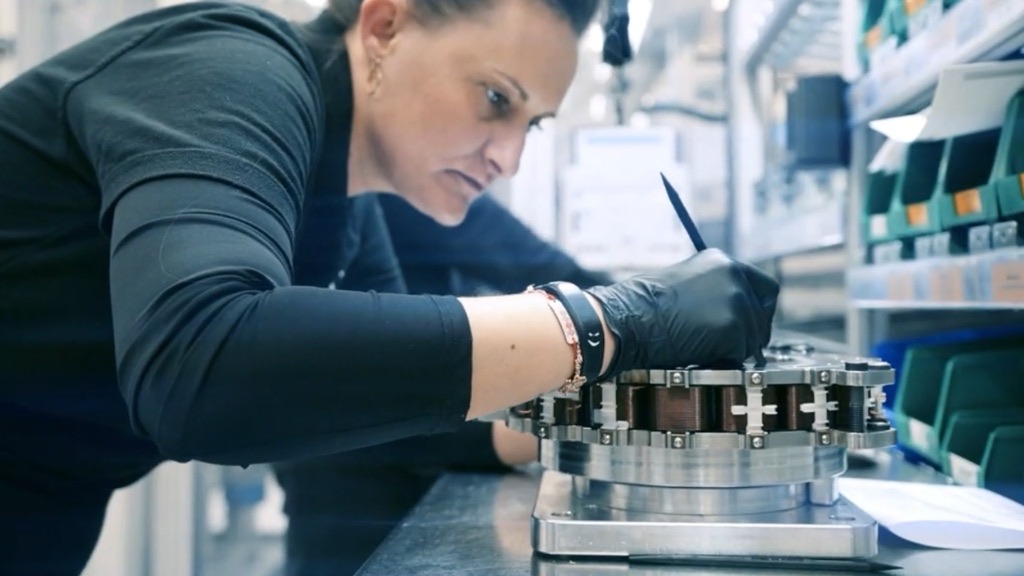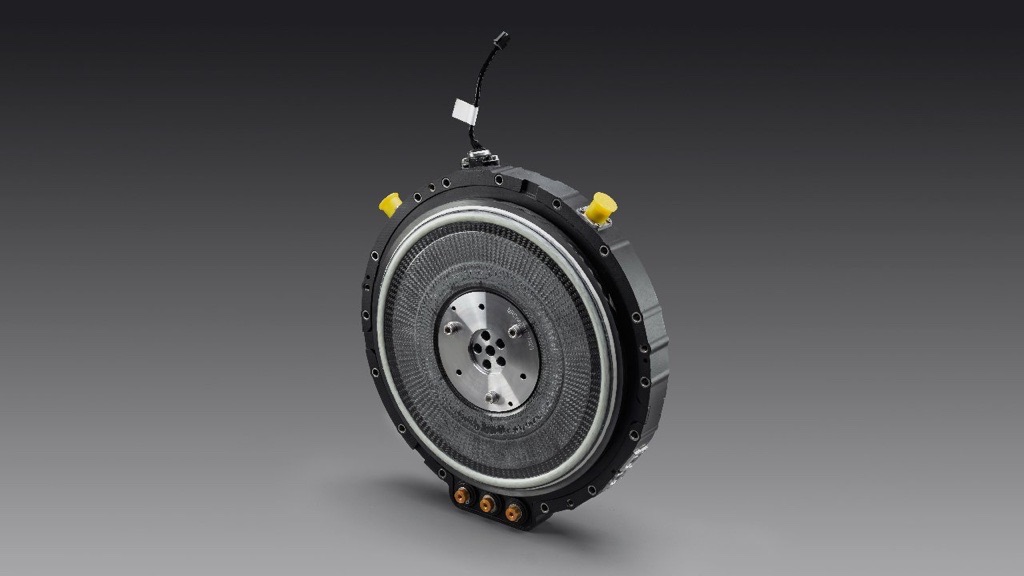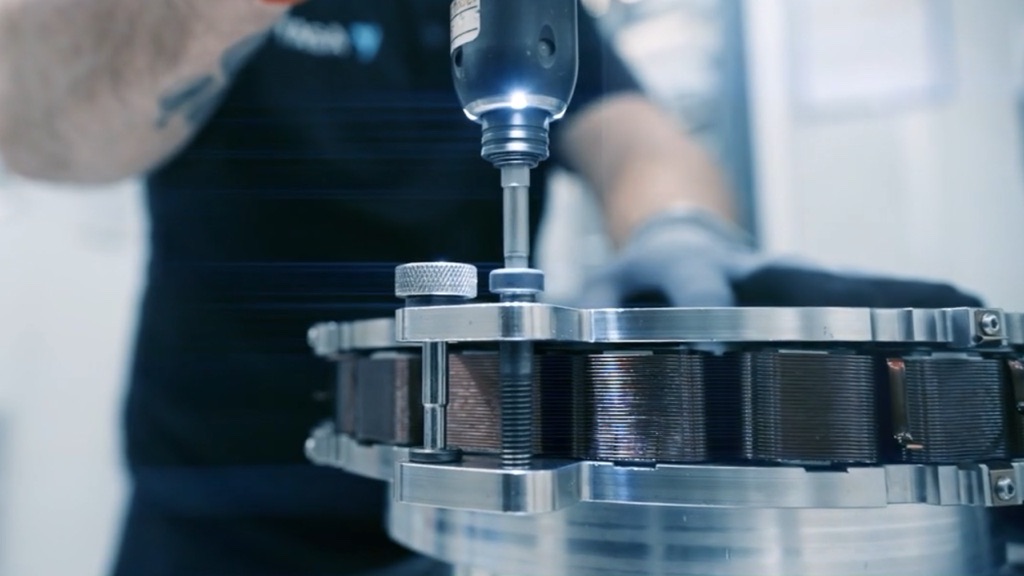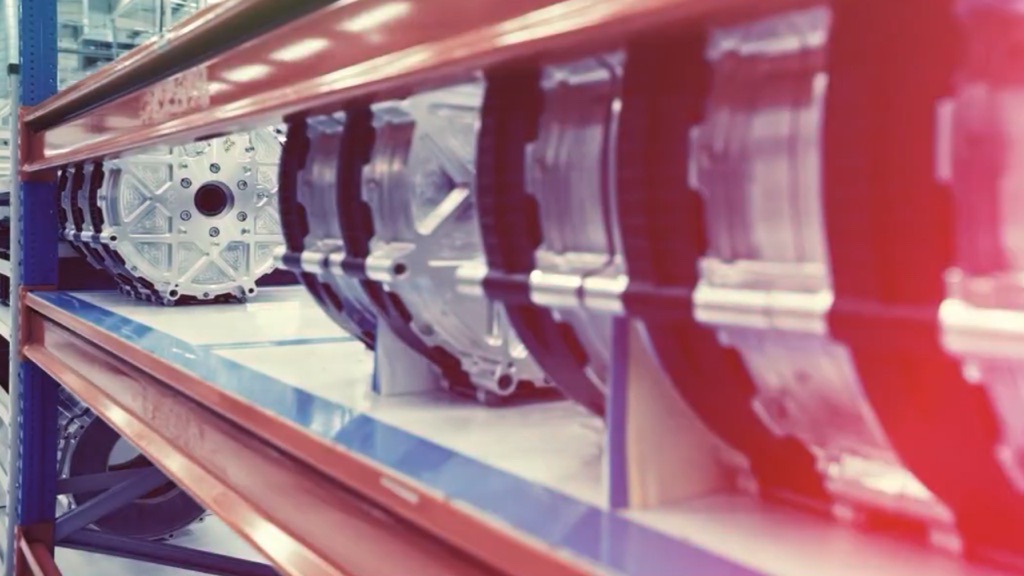The World’s Most Powerful Compact Electric Motor Sets a New Benchmark
British electric motor manufacturer YASA has once again shattered expectations with its latest axial flux electric motor, delivering an astonishing 1,006 horsepower while weighing just 28 pounds (12.7 kg). This new prototype establishes a record-breaking power density of 35.9 horsepower per pound, redefining what’s possible in high-performance EV propulsion.
Introduction
YASA, the company behind some of the most advanced electric drive systems used in Mercedes-AMG and Ferrari supercars, has unveiled its most powerful and compact electric motor yet.
After shocking the automotive world with a 738-horsepower unit earlier this year, YASA’s engineers have now achieved what many considered physically impossible — a 40% increase in power density without increasing the size or mass of the unit.
This breakthrough could reshape the future of electric hypercars, aerospace applications, and high-performance EV platforms worldwide.
Key Facts & Specifications
| Parameter | YASA Axial Flux Motor (Prototype 2025) |
|---|---|
| Peak Power | 1,006 hp (750 kW) |
| Continuous Power | 469–536 hp (350–400 kW) |
| Weight | 28 lb (12.7 kg) |
| Power Density (Peak) | 35.9 hp/lb (59.2 kW/kg) |
| Power Density (Continuous) | 17 hp/lb (28.1 kW/kg) |
| Architecture | Axial flux |
| Cooling System | Advanced liquid-cooled design |
| Material Use | Scalable, non-exotic materials |
| Status | Prototype testing phase |
| Production Launch | TBA — expected within 1–2 years |
Design and Engineering
The new YASA motor maintains the company’s signature axial flux “pancake” design, which allows for an ultra-thin form factor and exceptional efficiency.
Compared to traditional radial flux motors, YASA’s design offers:
-
Higher torque density
-
Smaller footprint
-
Reduced cooling demands
The 2025 prototype pushes this concept further by reducing overall weight and improving magnetic efficiency. Despite its compact form — small enough to sit on a workbench — it delivers more power than many V12 hypercar engines.
Image ALT: “YASA 2025 axial flux electric motor prototype 1006 hp”
Technology and Features
YASA’s newest breakthrough isn’t just about power — it’s about sustained performance. Unlike most high-output prototype motors, which deliver peak numbers for seconds, this unit can sustain nearly 500 horsepower continuously.
Key technological advancements include:
-
Next-generation copper windings for improved current flow
-
Enhanced magnetic flux path optimization
-
Reinforced cooling channels to prevent overheating under continuous load
-
Scalable core architecture, allowing the design to be adapted for smaller or larger units
YASA CTO Tim Woolmer confirmed the motor is already operational:
“It’s running, right now, on the dynos. This isn’t just a concept — it’s real, tested, and repeatable.”
Competitors and Market Position
In the performance EV sector, several advanced motor developers — including Helix, Rimac, and Integral Powertrain — have made strides in power density.
However, none come close to YASA’s figures.
For comparison:
-
Helix hypercar motor: 953 hp, 62 lb → 15.5 hp/lb
-
Typical aero/marine units: 8–9 hp/lb
-
YASA prototype: 1,006 hp, 28 lb → 35.9 hp/lb
This makes YASA’s design more than twice as efficient as any current competitor, setting a new global benchmark for power-to-weight ratio in electric propulsion.
Production and Future Applications
YASA remains tight-lipped about commercial rollout but hinted that this new motor will first appear in high-end performance applications — likely within the Mercedes-AMG hypercar lineup, where YASA already supplies electric drive units.
The company also confirmed the design’s scalability and use of non-exotic materials, meaning future mass-market versions could power mainstream EVs, aircraft, or marine systems.
This signals a potential revolution: ultra-light, ultra-powerful, and affordable electric motors for multiple industries.
Conclusion
The YASA 1,006-horsepower electric motor proves that the electric revolution is only just getting started. Its staggering power density of 35.9 hp per pound rewrites the rulebook of what’s possible in compact electric drive systems.
With scalable architecture and sustained output performance, YASA isn’t just building another prototype — it’s building the foundation for the next generation of EV propulsion.
Petrol engines might not be dead yet, but after this… they might be getting nervous.

